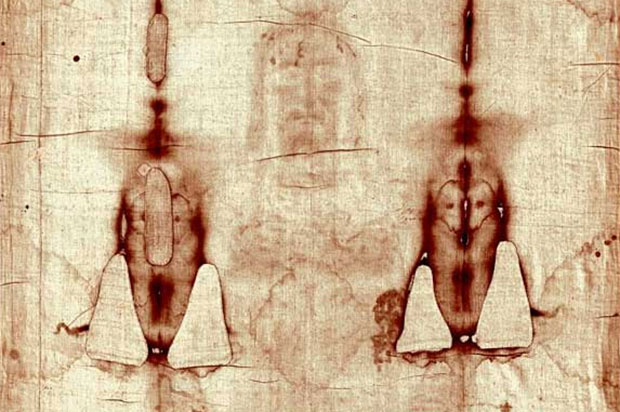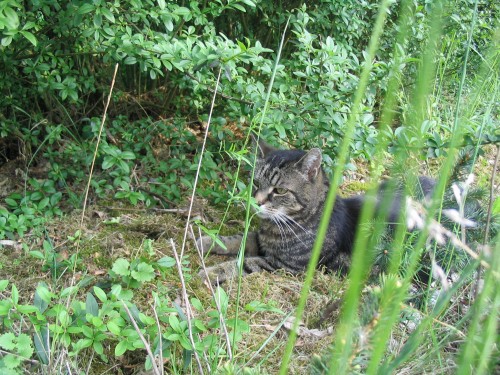Category: Pre-history
-

Skincancer forced early humans to develop black skin
Between 1.2 and 1.8 million years ago, early humans developed got a black skin. It was long unclear why this was the case. Some suggested the dark skin gave better protection to acids raids in the East-African desert. But new research suggests that skin cancer forced humans to develop a black skin since having a…
-

Smelly archaeology: world’s oldest cheese found in China
Remains of what appears to be cheese are found in China on an ancient burial site. The cheese is wrapped in cowhide and found on the necks and chests of Chinese mummies. Archaeologists estimate that the cheese is more than 3000 years old. Astonishing, since dairy products decay rather quickly. The extraordinary conditions off the grave, sited in the middle of…
-

Carbon-dating on Shroud of Turin maybe wrong, due to an earthquake
The shroud of Turin, a linen cloth with the alleged image of Jesus Christ, maybe thousands of years old after all. New research suggests that the carbon dating of 1988, that concluded that the shroud was only 728 years old, maybe influenced by an earthquake in 33 AD. Researchers from the Turin university state that…
-

Noah’s Ark was in fact a round vessel: a giant coracle
Our concept of a ship usually is that of an oval shape with a pointed bow. Noah’s Ark, the vessel that saved all living species from a massive flood (according to the Old Testament) may well have had a different shape. A recently deciphered 4000 year old clay tablet from Mesopotamia bears an inscription that’s…
-

The earliest pet-cats came from China
Approximately 5.400 years ago the first cats were domesticated in North China. That is about thousand years earlier than the first pet-cats in Egypt appeared. Chinese archaeologists made this conclusion after the analyzed cat-bones that were found in the Shaanxi Province in China. These first house-cats were smaller than modern cars. Scientists believe that cats were living along humans because the…
-

Archaeologists conclude: Neanderthals buried their dead
An international team of archaeologists conducted a 13-year study on the remains of Neanderthals and concluded that our less competent hominid relative buried their dead – just like modern humans. The researchers state that these burials show an unexpected advanced cognitive capacity of the Neanderthals. Although these conclusions sparked controversy in the archaeological community, the…
-

Archaeological proof: Cyprus has been inhabited for 10.000 years
An archaeological find at the Ayia Varvara-Asprokremnos-site on Cyprus suggests that the Mediterranean island has been inhabited since the Late Stone Age, at around 8800 B.C. This is about 1000 years earlier than thought before. The Late Stone Age was marked by the transformation from a hunter-gather society to an agricultural one. The archaeological findings…